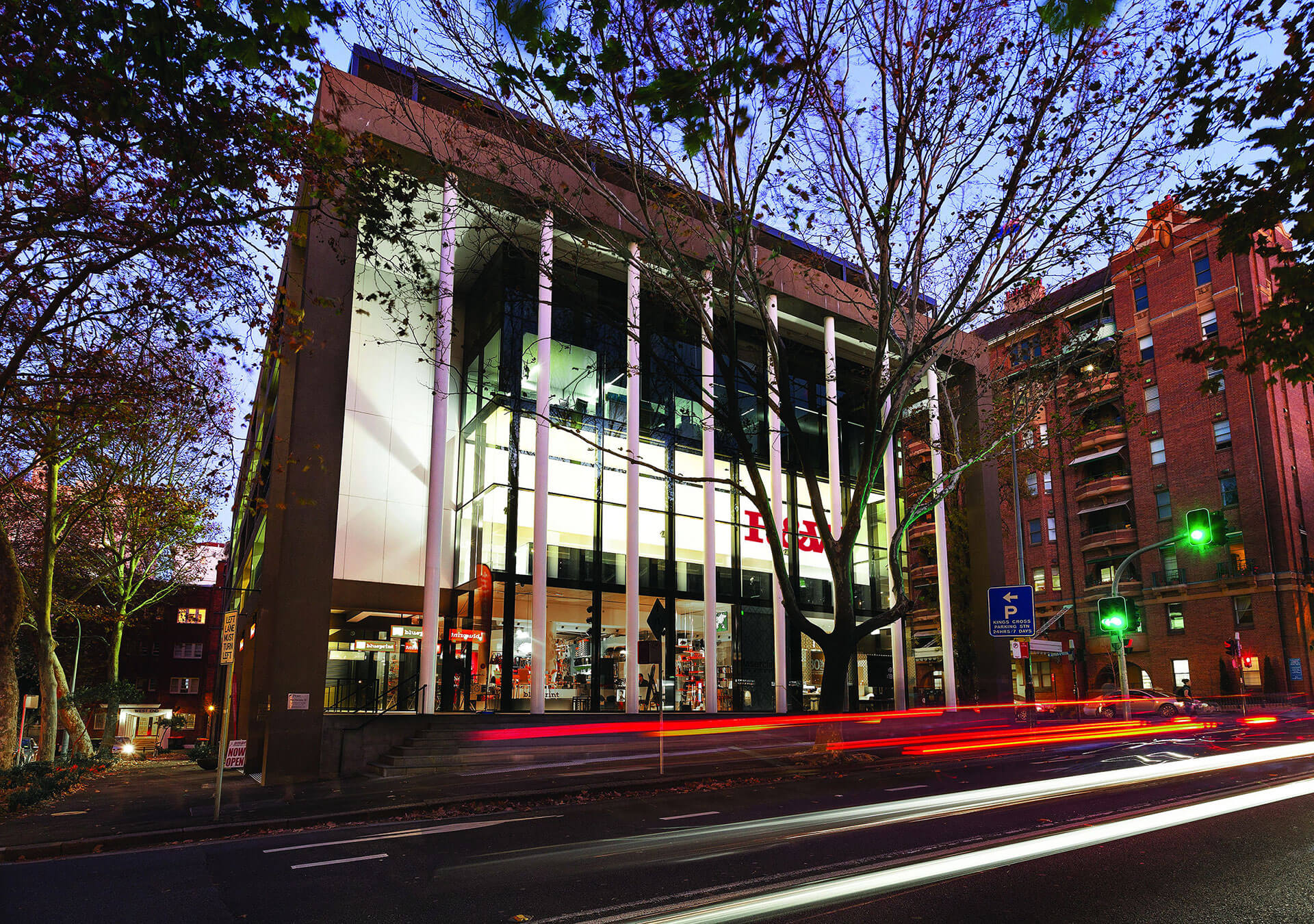DEL RIO MAKES A MARK IN ELIZABETH BAY

Del Rio is a Spanish term meaning by the river or water. Unsurprisingly, it also the name of an imposing four-storey block of apartments at 22-24 Billyard Avenue, Elizabeth Bay, overlooking and lapping the water’s edge with its lush gardens, jetty and harbour-side swimming pool.
It was built in the faux-Spanish, or Mediterranean style in 1928, just after nearby Boomerang was built in 1926, also in the same style.
It was only in the early twentieth century architects realised Sydney has a Mediterranean climate.
Houses and apartments thenceforth included features such as shady, deep verandas, flagstone flooring, loggias, corbelled arches, Cordoba tiles, wide eaves, coloured roof tiles, tracery (semi-permeable stonework), high ceilings encouraging cross-flow ventilation, balconettes with geranium pot plants, barley twist columns favoured by the Spanish Moors, and even heraldic coats of arms. The Moors were a nomadic people from North Africa who invaded Spain, taking their Islamic religion and culture and designs with them, in 711 AD. They had a large influence on the architecture of Spain in its hot climate.
All these features are extant in Del Rio.
Its architect was famous. John Spencer-Stanfield (b.1882) was a Member of Institute of Architects. He not only designed many houses in and around Sydney including “The Bunyas”, the only two-storey federation home (1913) in the garden suburb of Haberfield but his firm; Spencer, Stanfield, Wormald, designed the whole, 200 hectare, Haberfield Model Suburb from 1905-1914.
He was originally from Leeds, UK and settled in Ballarat, Victoria, with his family when he was five years old. Later he was articled in Sydney to Walter Newman, architect. His own firm at 79 Pitt Street was a busy one. According to the 1929 “Who’s Who” he designed over 1,000 houses, and “specialised in high-class domestic architecture” including “The Grange”, Turramurra, ”Hillcrest” Martin Road, Centennial Park, many others in Vaucluse, Edgecliff, Double Bay, and The Sydney School of Arts, Haberfield. His Who’s Who photo shows an urbane, smartly dressed, middle-aged, lightly moustached man with a kind smile.
He served in the Australian Infantry as Quartermaster Sergeant in World War One. His hobbies were fast cars and golf. He lived at “Far Hills”, a majestic set of apartments at 3 Gladswood Gardens, Double Bay, overlooking the harbour.
And he was a prolific designer.The Sydney Morning Herald of March 1914 lists various building contracts then underway. Of the forty listed, six are by Spencer-Stansfield, giving him large slice of the market for one architect.
He changed his name after 1929 to Spencer-Stansfeld, adding an i to feld, to anglicise it, often done in the inter-war period.
Del Rio has been the backdrop for various films and is depicted in a delightful
1944 oil picture by Adrian Feint (1894-1971), now in the NSW Art Gallery. Feint’s ouvre was described as “meticulously designed, superbly painted, and set in a related environment of time and space”. He lived and worked almost adjacent to Del Rio in Darnley Hall, 12 Onslow Avenue, Elizabeth Bay.
Del Rio has been the home of “Rock Royalty” and was featured in Vogue Living of February 2014. Mark McEntee, co-founder and guitarist of the Australian rock band, Divinyls (1990-2009), and his wife and dogs, Fifi L’amour and Napoleon Bonaparte, have also enjoyed Del Rio. His wife says it “very much reminds me of the Chateau Marmont in Hollywood, which Mark and I stay in a lot.”
Del Rio is imposing with its blue tiled roof. It makes an important statement in its streetscape and is a distinctive local landmark.
By Andrew Woodhouse, Heritage Solutions





